Reviewed by Corey Noles
After more than a year in patent purgatory, Apple officially brought blood oxygen monitoring back to U.S. Apple Watches today. But here's the kicker: reading your SpO2 levels just got a lot more complicated. The feature that once displayed readings directly on your wrist now requires a detour through your iPhone's Health app, thanks to Apple's workaround to sidestep Masimo's iron-clad patents.
What you need to know: This isn't the seamless health tracking you remember. U.S. Customs cleared Apple's redesigned approach after determining the modified watches no longer meet Masimo's patent claim requirements. All processing now happens on your paired iPhone instead of the watch itself, fundamentally changing how the approximately 20 million Apple Watch users in the U.S. will interact with this wellness feature.
The patent war that changed everything for your wrist
This whole mess started when Masimo sued Apple in 2020, alleging infringement on 10 patents related to blood oxygen measurement technology. The medical device giant wasn't messing around—they had the patents, the expertise, and the legal firepower to take on the $3.55 trillion tech giant. Masimo is accepted to be the standard for SpO2 monitoring in medical settings, giving their claims serious weight.
What's particularly interesting is how Masimo built their case. The company had to launch its own watch called the W1 after filing their ITC complaint to establish the required domestic industry presence. This wasn't just legal strategy—it demonstrated Masimo's commitment to competing directly with Apple in the consumer space.
The dispute reached fever pitch in December 2023 when the ITC imposed a ban on Series 9 and Ultra 2 models after finding that blood oxygen sensors infringed on Masimo's patents. Apple faced the unthinkable: pulling their flagship wearables from shelves during the holiday shopping season. The ban was briefly paused, then reinstated in January 2024, forcing Apple into damage control mode.
To get around the import restrictions, Apple redesigned the Series 9 and Ultra 2 watches, dropping blood oxygen features entirely from models sold in the U.S. starting January 18, 2024. For nearly a year, American consumers have been buying premium Apple Watches with dormant health sensors—paying full price for incomplete functionality.
How Apple's iPhone detour actually works
Apple's solution is clever engineering wrapped in user friction. The redesigned feature strips away on-wrist viewing, requiring users to check iPhone's Health app under the Respiratory section instead. While your Apple Watch still captures blood oxygen measurements using the familiar 15-second LED process, all data processing now happens on your paired iPhone.
Think of it this way: your watch becomes a sophisticated data collector, but your iPhone is the brains of the operation. The same red and infrared LEDs shine through your wrist, the same photodiodes capture the light absorption patterns, but instead of your watch computing the SpO2 percentage and displaying it instantly, that raw data gets shuttled to your iPhone for processing and storage.
This workaround only applies to watches sold after January 17, 2024, identifiable by serial numbers ending in "LW/A." Earlier models and international versions retain the original functionality, creating a confusing split in the user experience. U.S. Customs ruled this redesigned approach was sufficient to avoid infringing Masimo's patents since watches are no longer "programmed to" conduct SpO2 readings directly.
The technical capabilities remain unchanged from Apple's original implementation. Apple Watch Series 6 introduced this technology in 2020, measuring oxygen levels between 70% and 100%—but now that measurement range serves as raw input for iPhone processing rather than immediate wrist-based results. The watch still takes automatic measurements throughout the day and night, but accessing that data requires an extra step that breaks the seamless health monitoring experience Apple spent years perfecting.
Why this matters for your daily health tracking
Blood oxygen monitoring isn't just a fancy tech demo—it's genuinely useful health data that gained prominence during COVID-19. The feature addresses demand for detecting hidden hypoxia, particularly relevant for sleep tracking and overall wellness monitoring. One in five people in the United States regularly wears Apple Watch, making this functionality change significant for millions of users.
The accuracy question looms large, but Apple's track record remains solid. Apple Watch 8 reached the highest reliability in clinical testing, with the lowest mean bias and root-mean-square deviation compared to medical-grade devices. The iPhone-processing approach doesn't change the underlying sensor technology—it just relocates where the mathematical algorithms convert light absorption patterns into SpO2 percentages.
However, Apple does not expect the Blood Oxygen function to be intended for medical use, limiting its clinical applications despite decent accuracy numbers. The real-world impact comes down to workflow disruption: checking post-workout oxygen levels now means pulling out your iPhone instead of glancing at your wrist, adding 10-15 seconds to what was once an instant check.
Environmental limitations haven't changed with the new processing method. Dark tattoos, cold weather, high heart rates above 150 bpm, and excessive motion can still interfere with measurements. For users who relied on quick wrist glances to monitor oxygen levels during workouts or while tracking sleep patterns, this represents a meaningful step backward in usability—especially when every second counts during high-intensity training sessions.
What this means for the future of wearable health
Apple's 916-page appeal continues grinding through federal courts, but the legal landscape suggests this iPhone workaround might be the new normal. Masimo's patents don't expire until 2028, meaning even if Apple wins their appeal, they're facing years of potential legal uncertainty. That's why the company filed a fresh patent application in July 2024, titled "System and Method for Robust Pulse Oximetry using Asymmetric Distance-Dependent Calibration," potentially offering a completely different technological path around Masimo's intellectual property.
The compensation story tells you everything about motivations here. When Apple successfully sued Masimo for design patent infringement on older W1 models in October 2024, the jury awarded Apple exactly $250—the statutory minimum. This wasn't about money for either company; it was about establishing technological dominance in a market predicted to see almost 20% additional growth through 2026.
The broader implications extend beyond Apple's quarterly earnings. Patent disputes like this could fragment health functionality across different markets, creating a confusing landscape where the same device works differently depending on where you bought it. Meanwhile, Samsung Galaxy smartphones and smartwatches already meet FDA/ISO clearance standards for pulse oximetry, while most consumer smartwatches haven't obtained FDA approval—highlighting the regulatory complexity that lies ahead for wearable health technology.
PRO TIP: If you've got an Apple Watch purchased before January 2024, you're grandfathered into the original on-wrist functionality. New buyers should expect the iPhone detour as the new normal until Apple's legal battles resolve or they develop patent-free technology.
The blood oxygen monitoring restoration represents both victory and compromise—Apple users regain important health functionality, but lose the seamless experience that made wearable health tracking so compelling. In the high-stakes world of patent litigation, sometimes getting most of what you want is the best possible outcome.





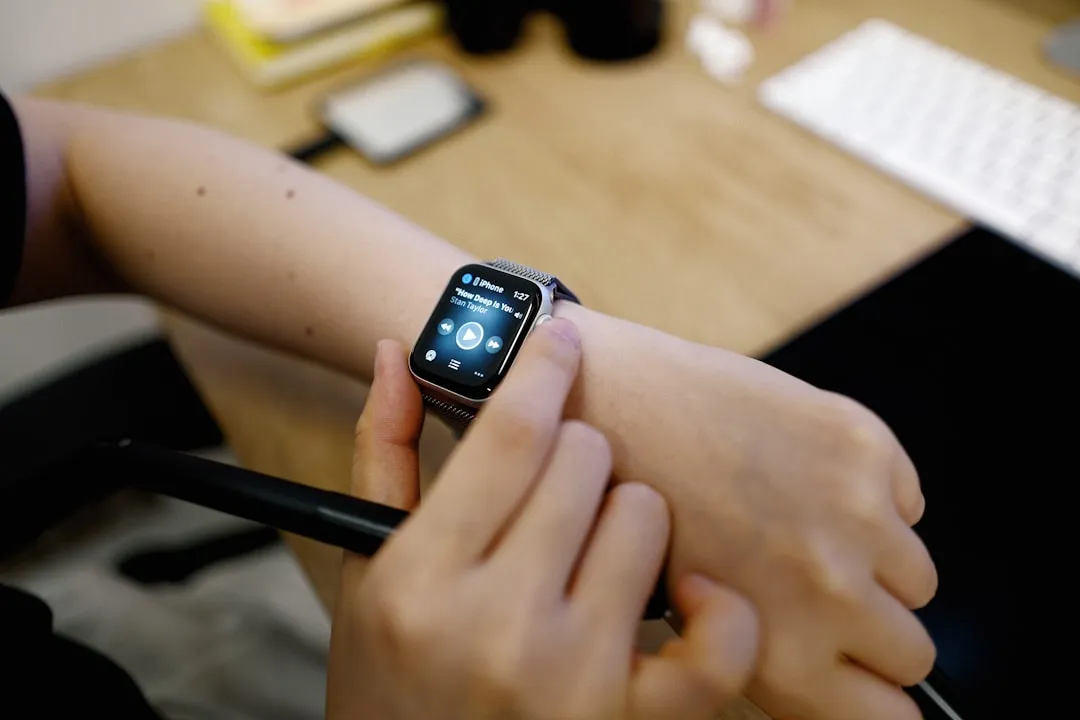
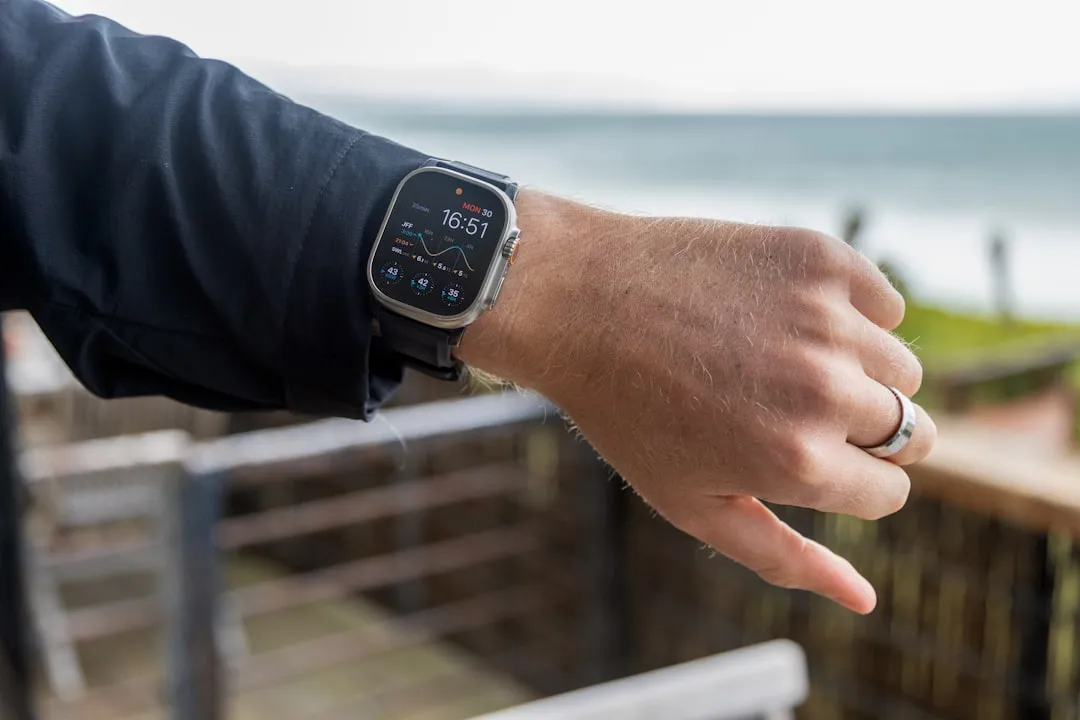
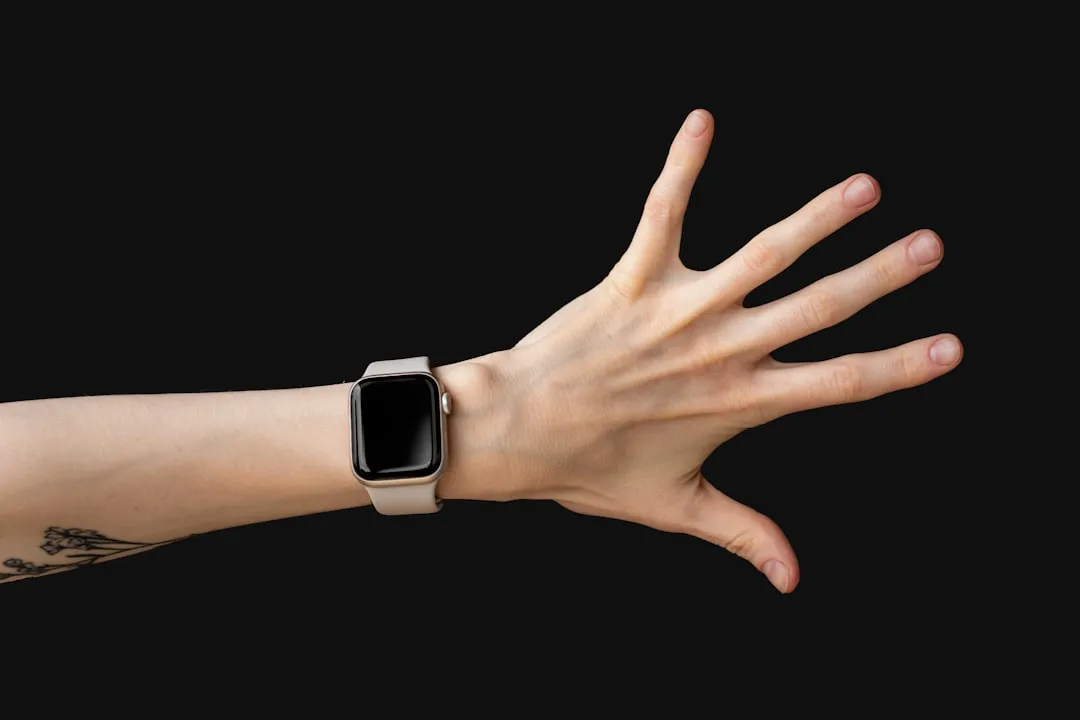
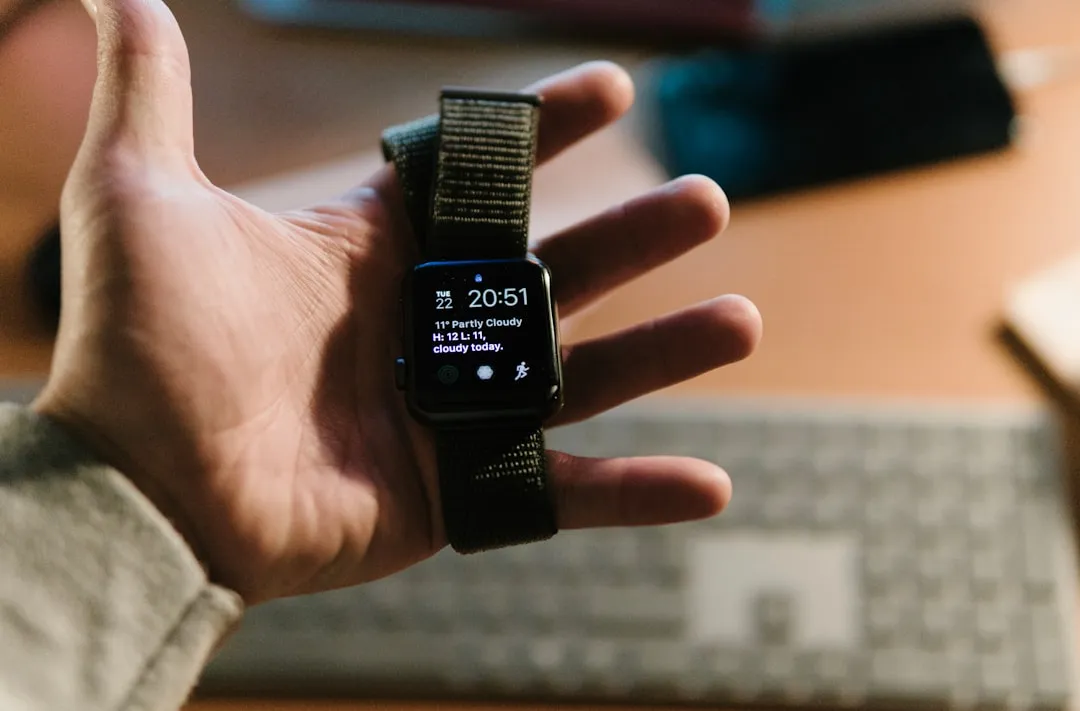
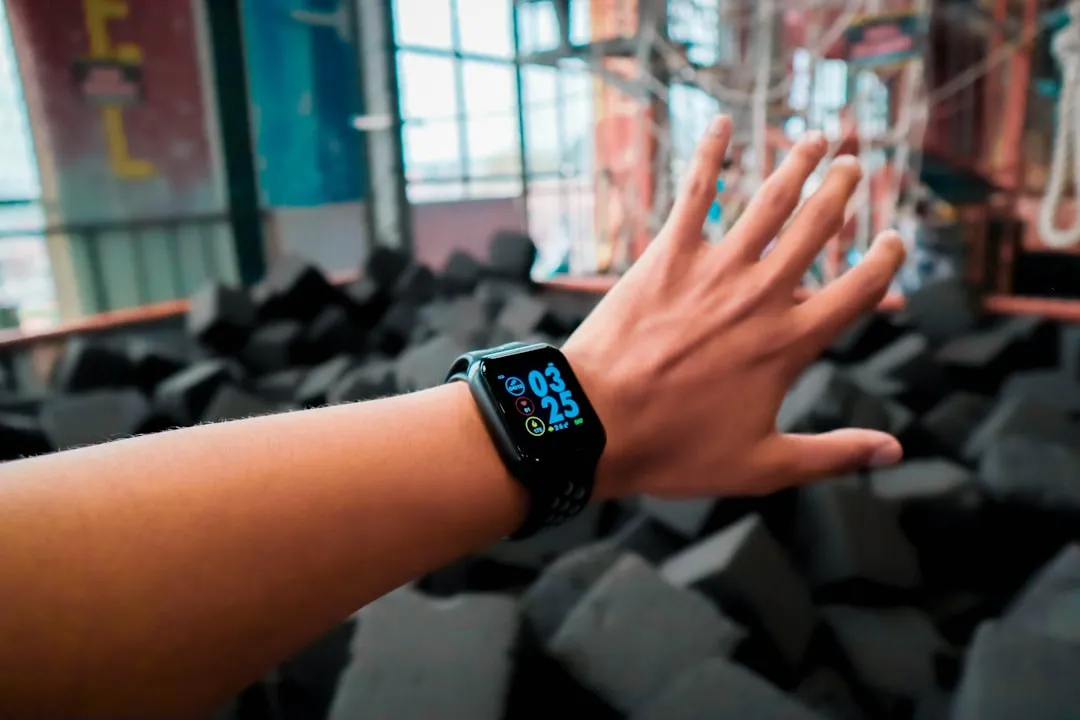
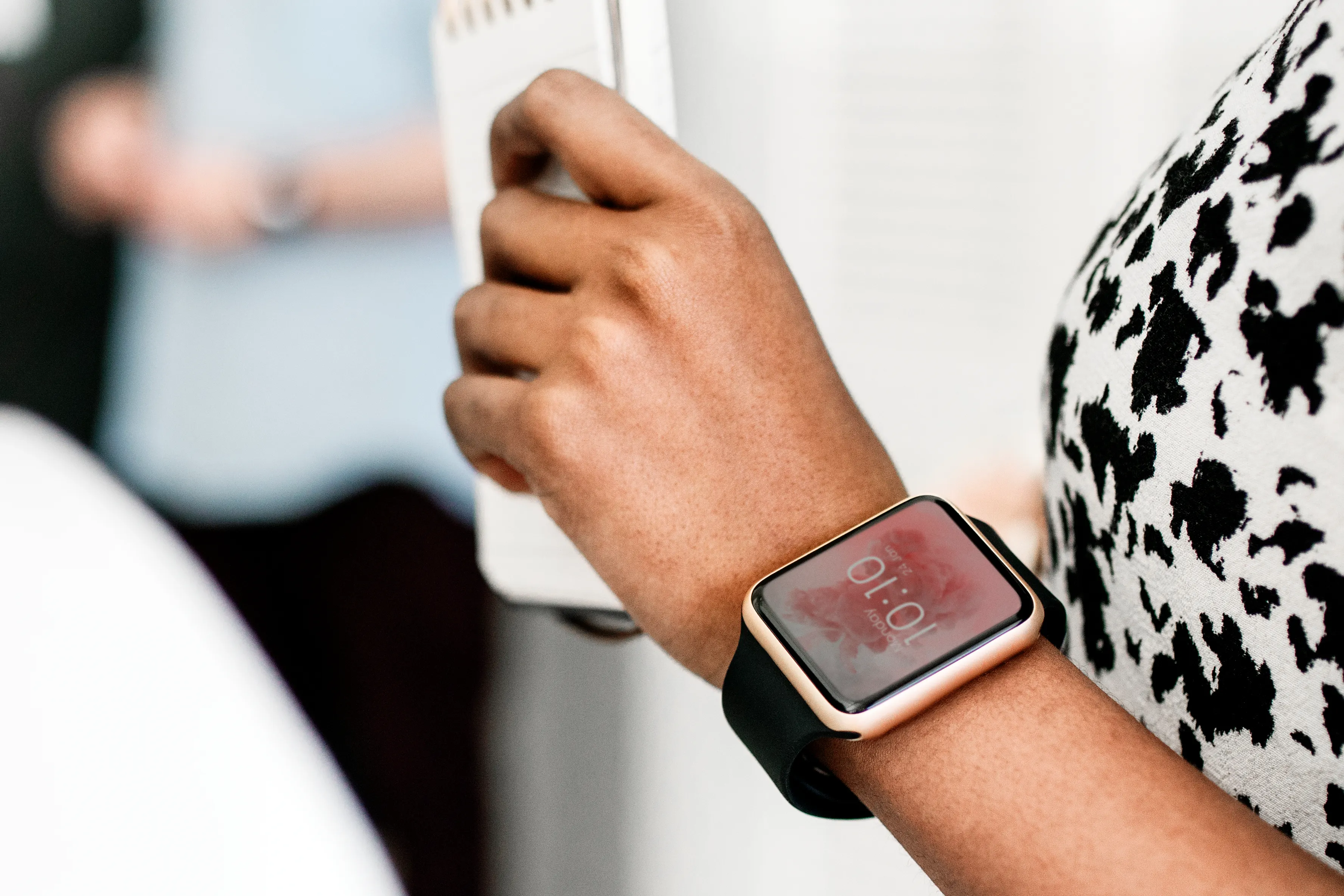
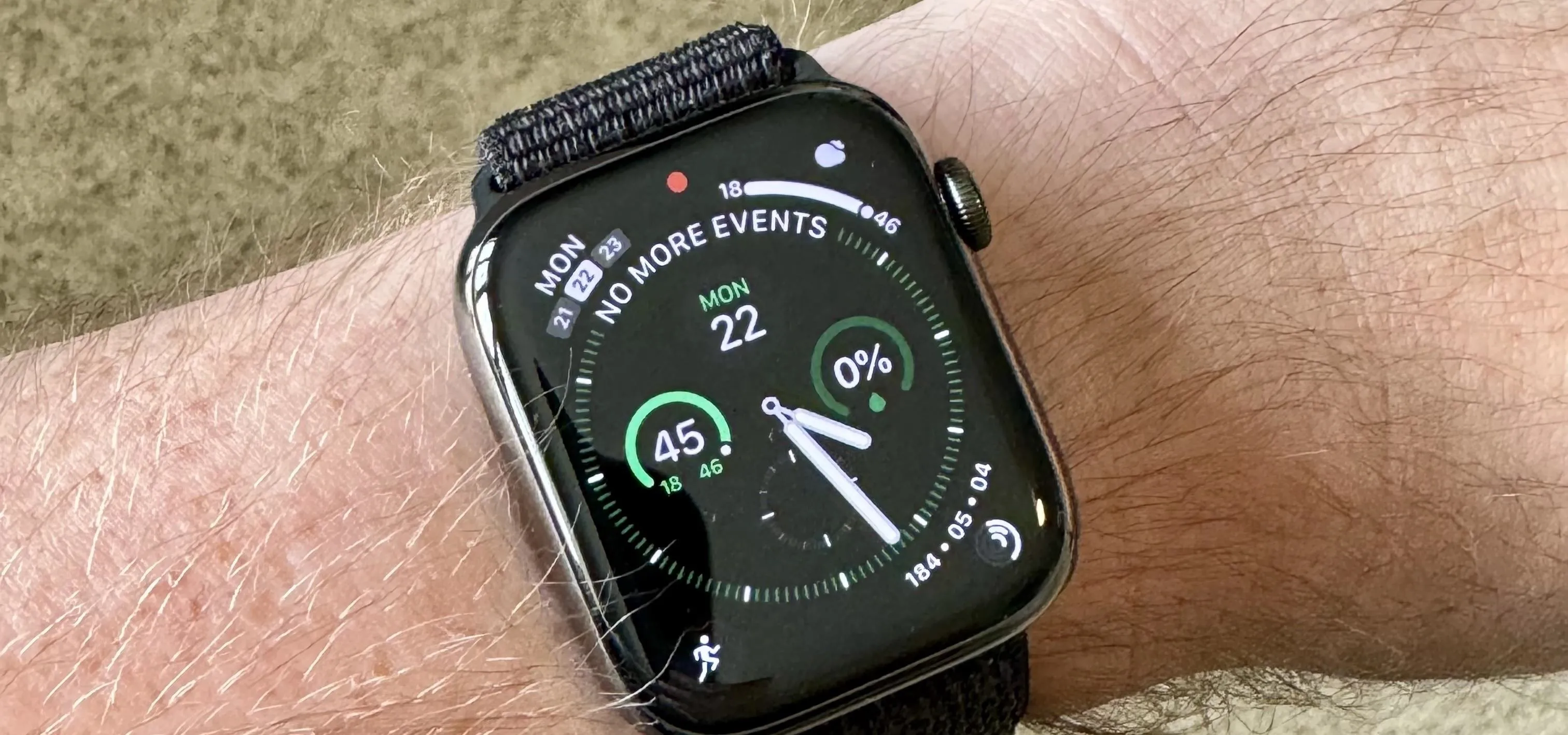
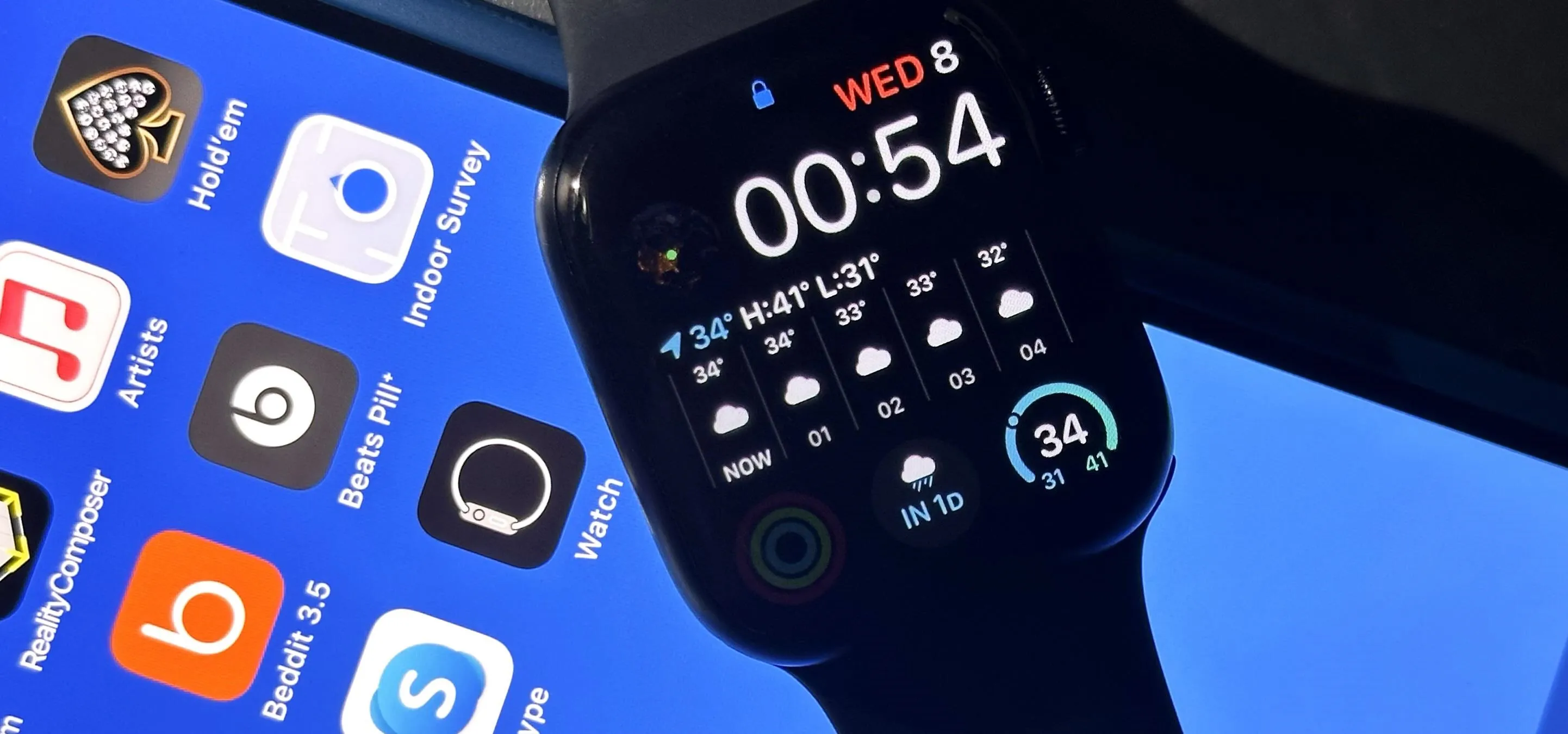
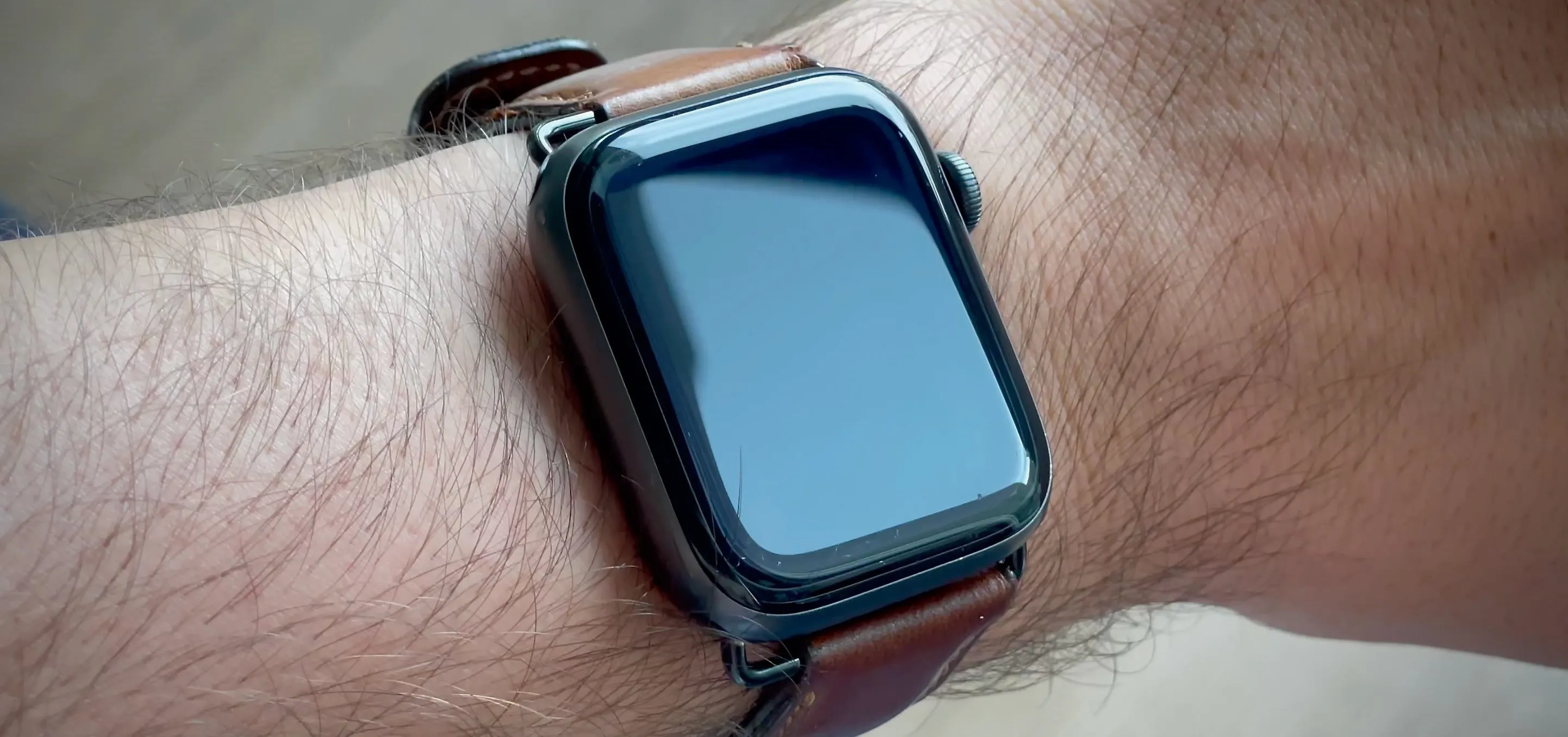

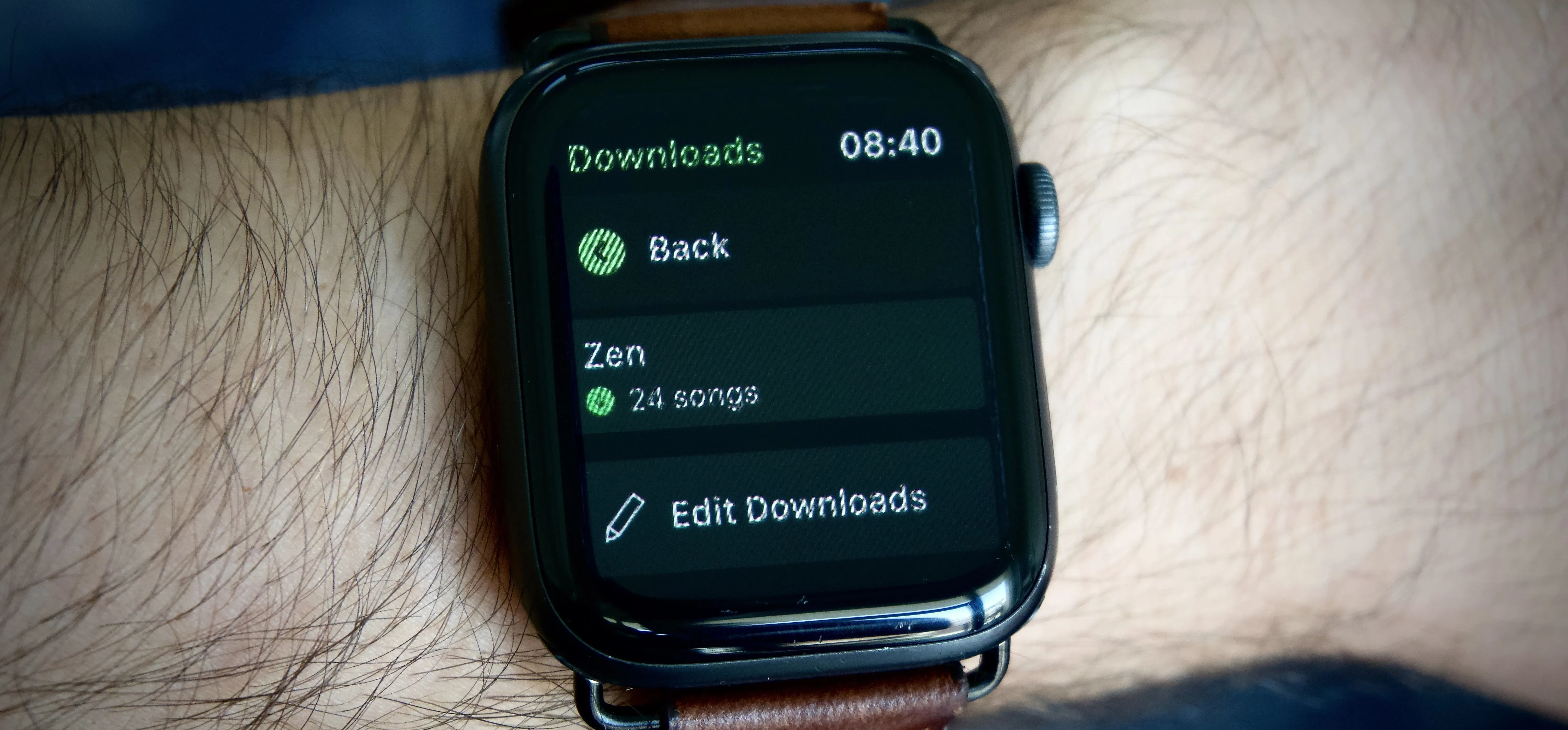
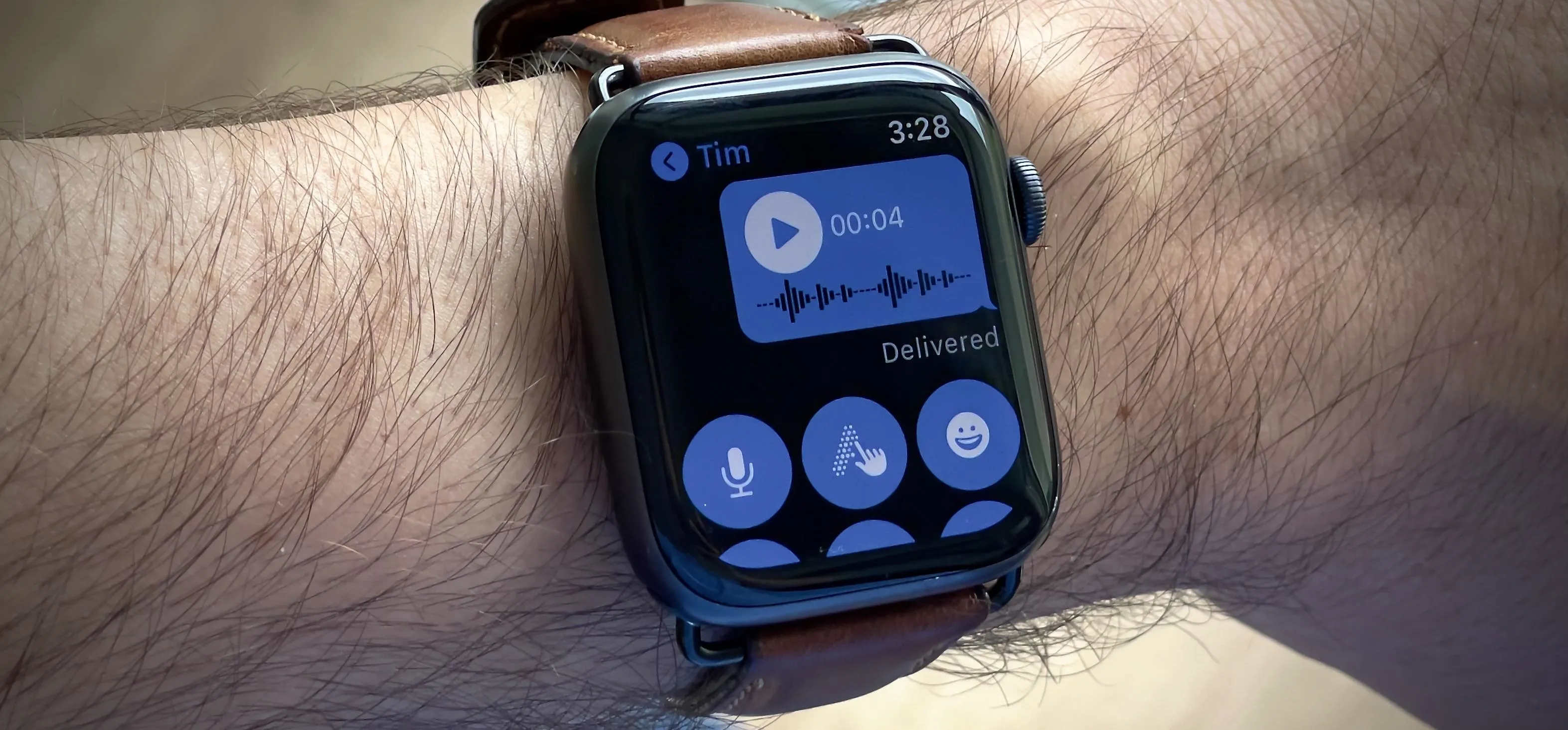
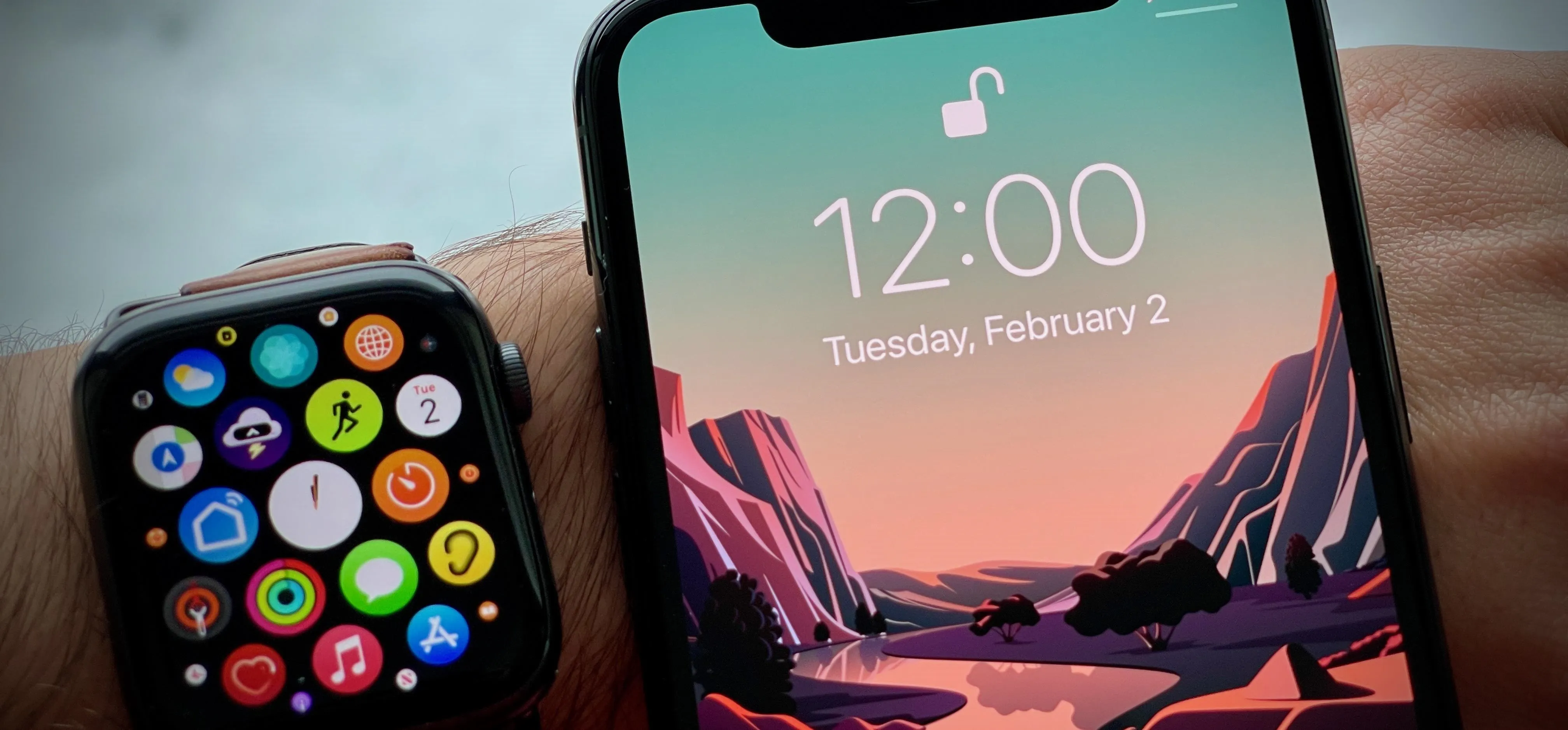
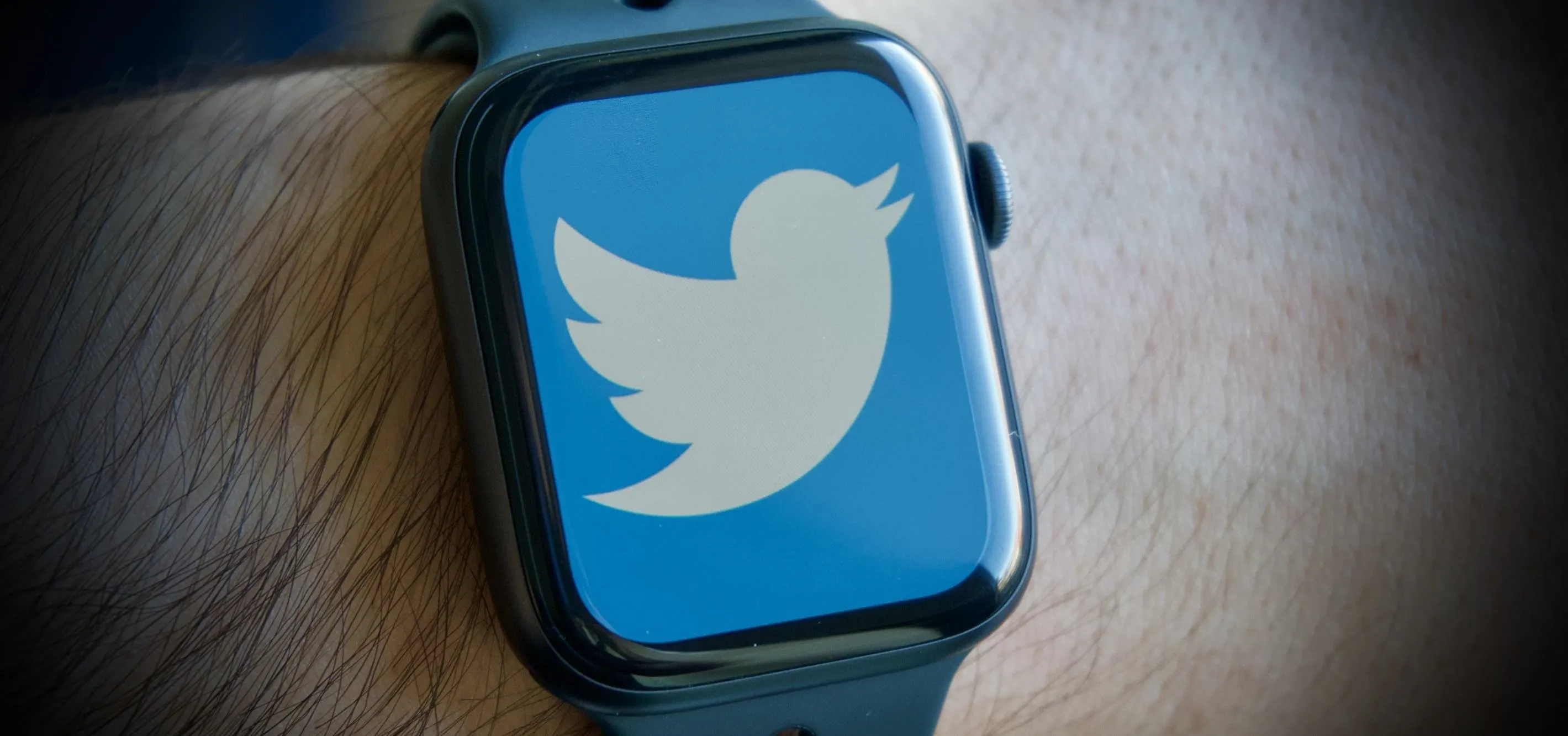
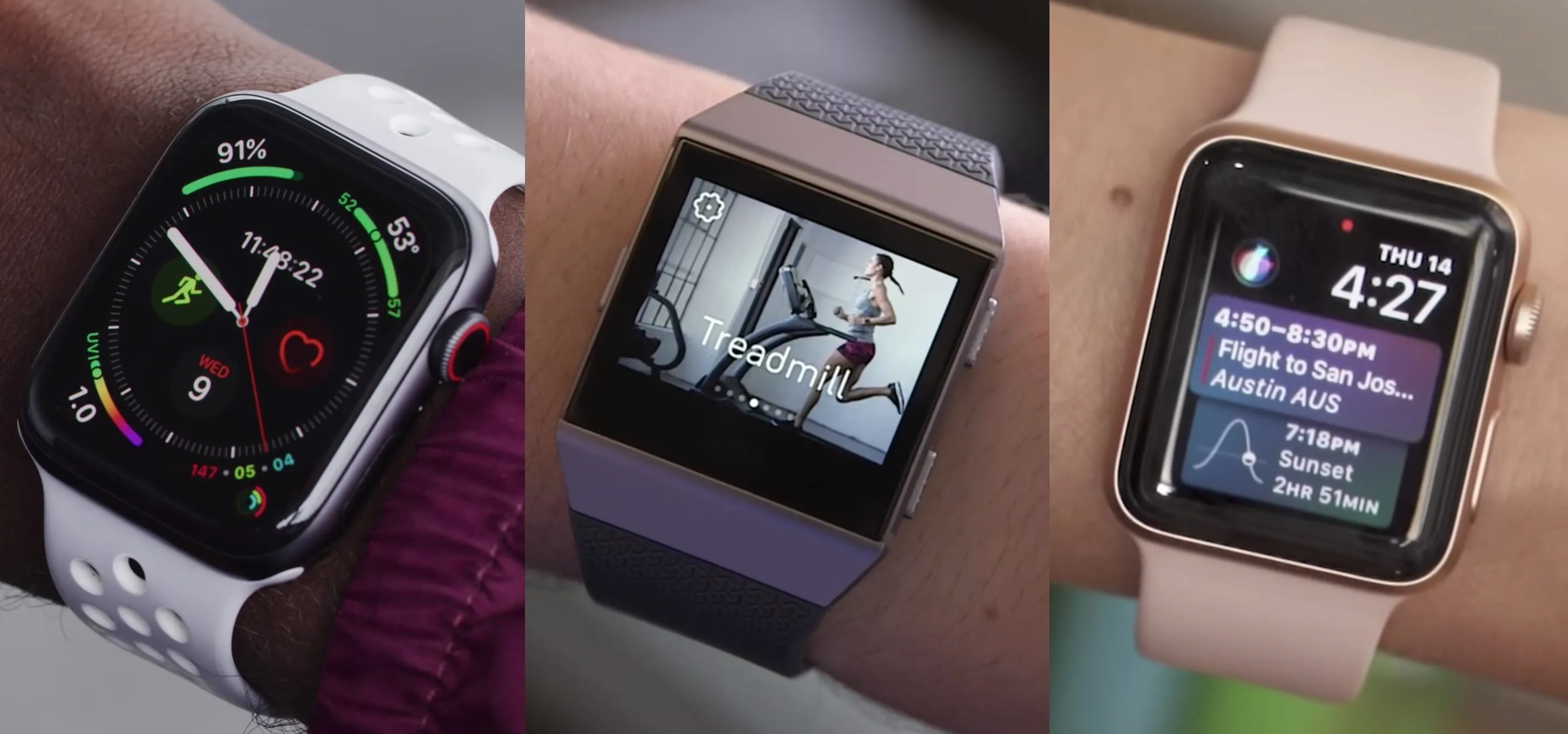
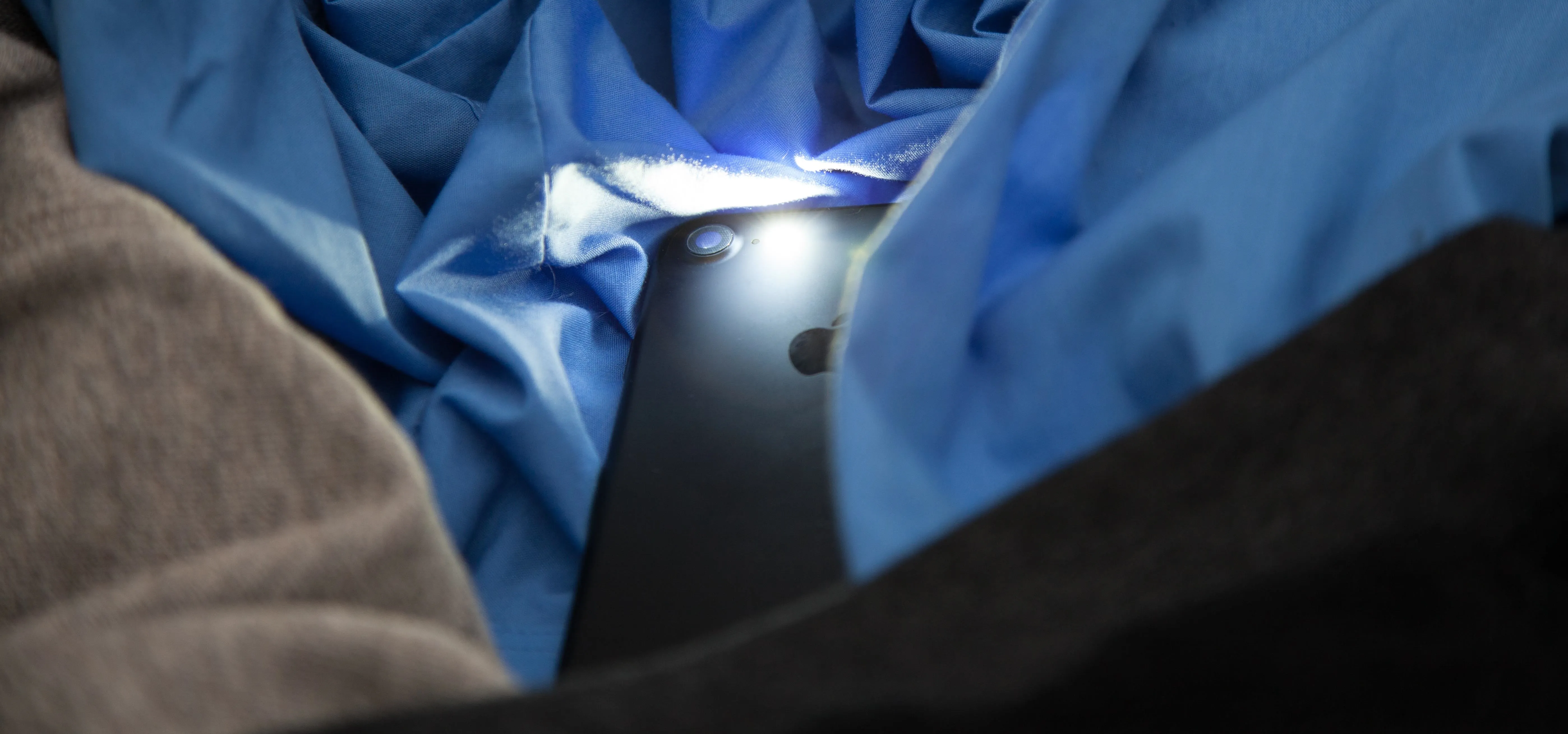
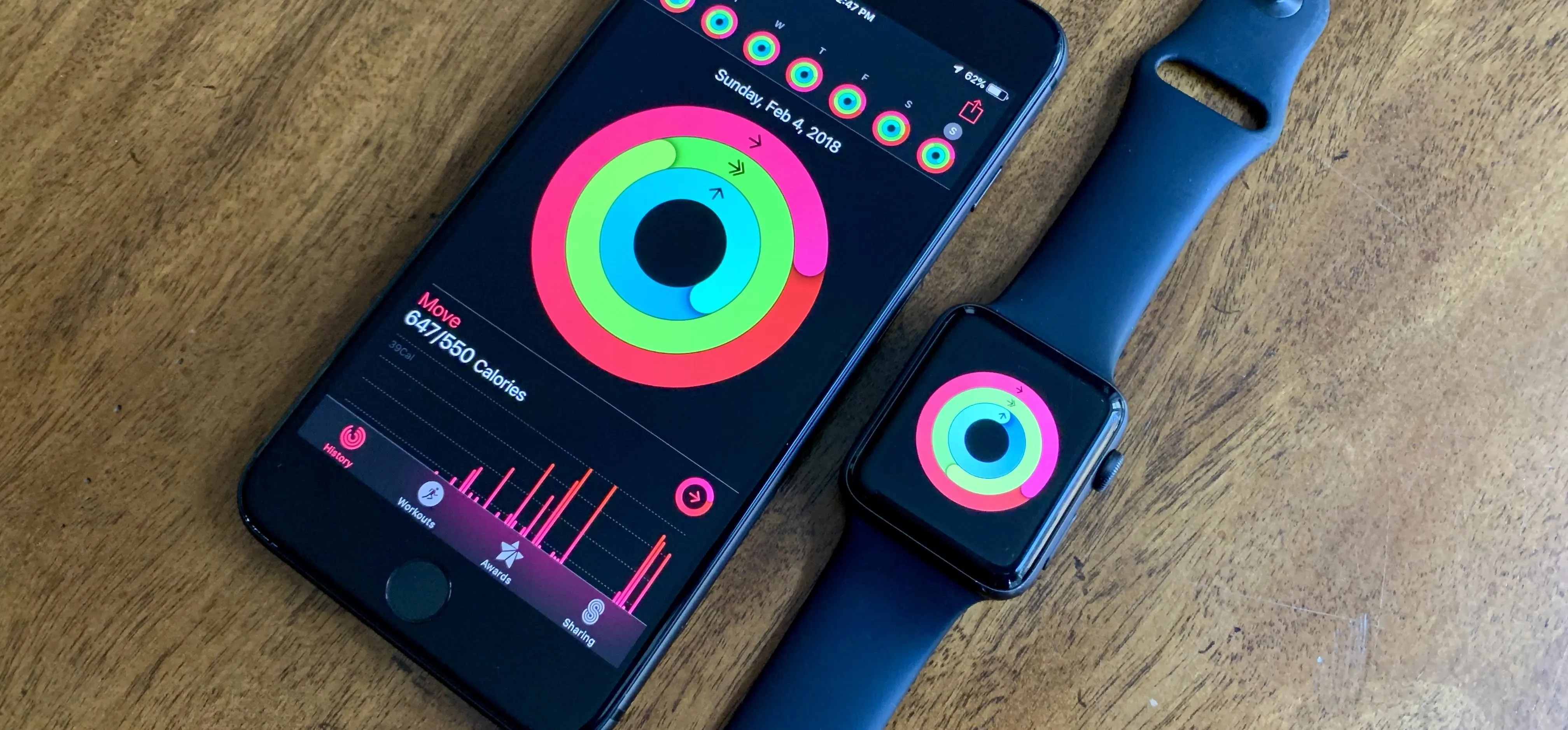
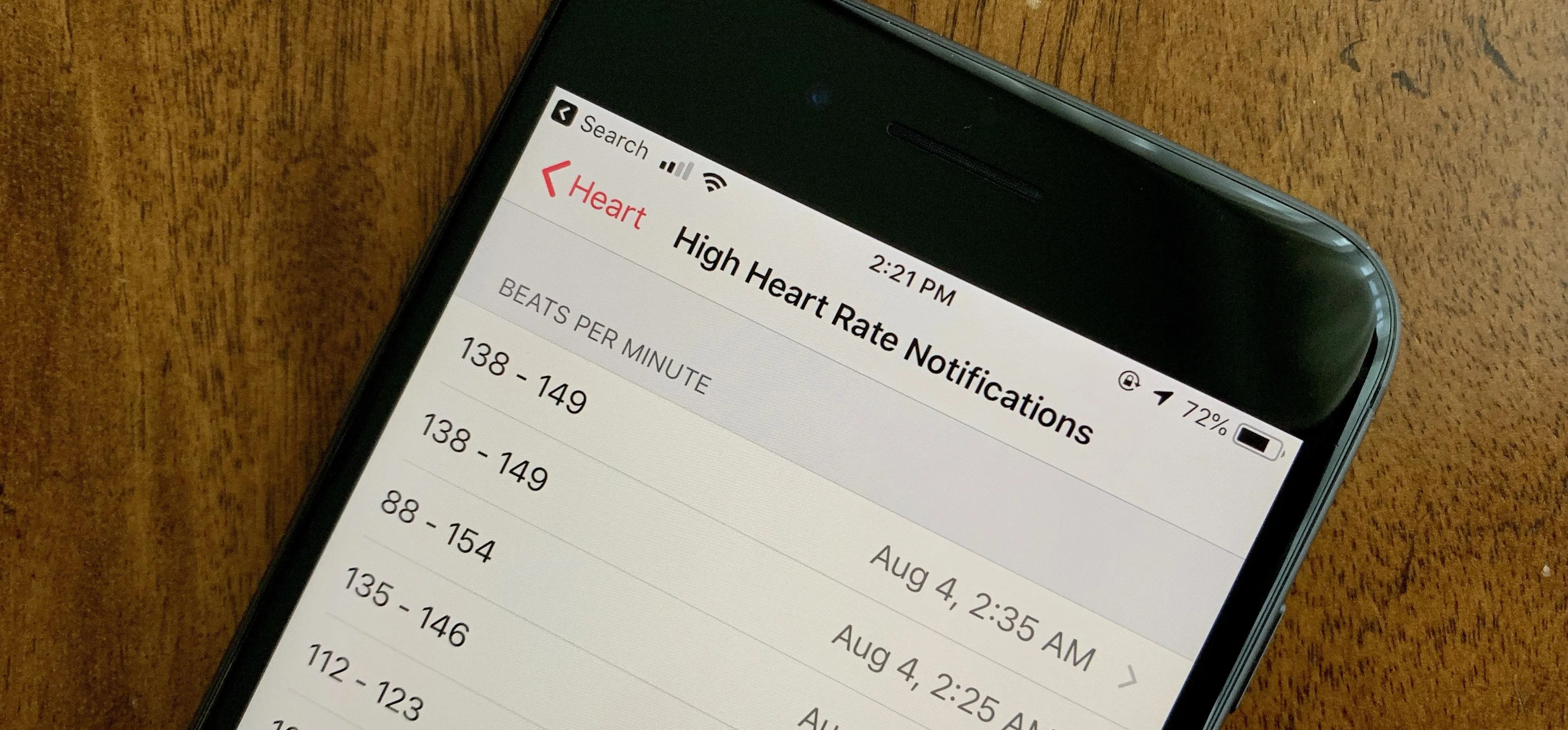
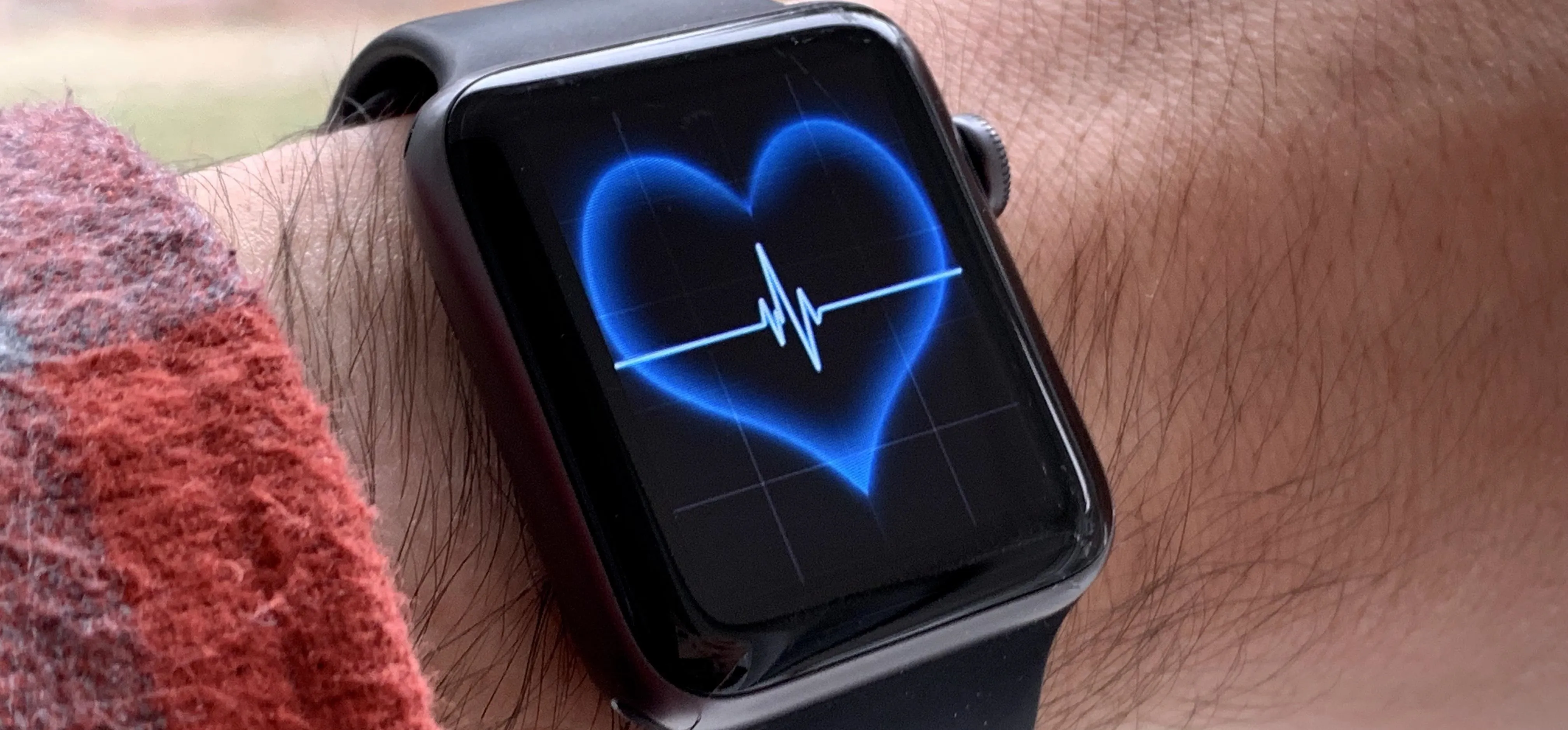
Comments
Be the first, drop a comment!